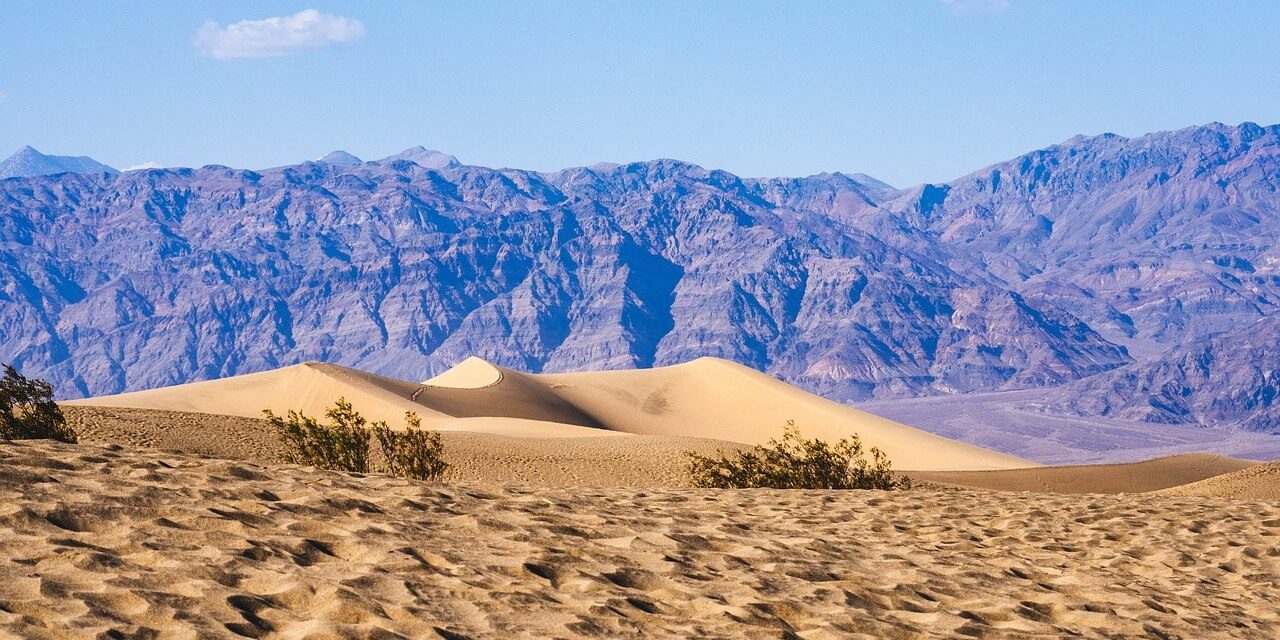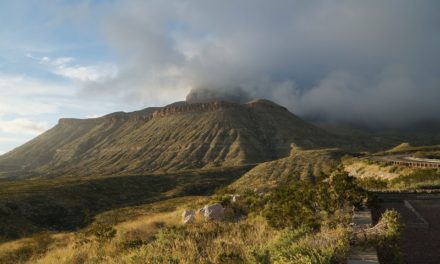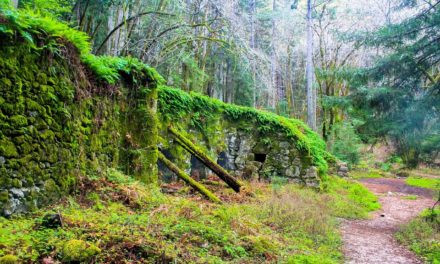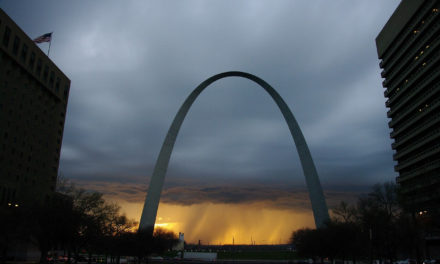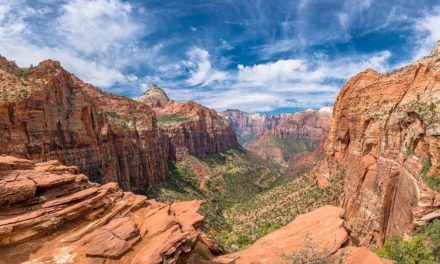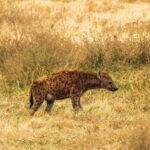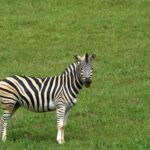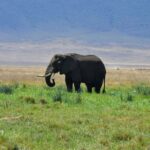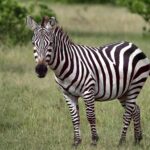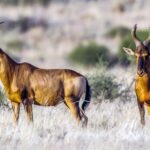Table of Contents
Overview / About the Park
Death Valley National Park lies on the border of California and Nevada, covering a vast desert basin surrounded by rugged mountains. It’s the hottest, driest, and lowest national park in the United States, with landscapes that feel otherworldly.
At Badwater Basin, you stand 282 feet below sea level, while nearby peaks like Telescope Peak rise over 11,000 feet a dramatic contrast within a single park.
Despite its name, Death Valley is full of life and beauty salt flats that shimmer like mirrors, colorful canyons, sand dunes, and rare desert blooms after spring rains.
It’s also part of a designated International Dark Sky Park, making its night skies among the clearest in the world.
Wildlife & Nature
Life in Death Valley thrives against all odds. You might spot coyotes, kit foxes, bighorn sheep, and even roadrunners darting across the desert floor.
Reptiles like sidewinders and lizards are common in the heat, while golden eagles soar above the canyons.
In spring, when rain blesses the desert, carpets of yellow, purple, and pink wildflowers cover the valley a fleeting miracle.
Vegetation includes salt-tolerant plants like creosote bush, mesquite, and saltbush, each adapted to survive in extreme conditions.
Experiences & Activities
Scenic Drives:
- Badwater Basin: Walk across surreal salt flats the lowest point in North America.
- Artist’s Drive: A 9-mile loop with hills painted in pastel shades from mineral deposits.
- Zabriskie Point: Stunning sunrise and sunset views over golden ridges.
Hiking:
- Golden Canyon Trail, Mosaic Canyon, and Dante’s Ridge offer unforgettable desert treks.
- Sand Dunes: Explore Mesquite Flat Sand Dunes perfect for photography or sunrise walks.
- Stargazing: Death Valley’s dark skies are unmatched. Bring a telescope or simply lie back and watch the Milky Way.
- Historic Sites: Visit Harmony Borax Works or the ghost town of Rhyolite to glimpse the park’s mining past.
How to Reach & Park Entry
- Location: Eastern California, near the Nevada border.
- Nearest airports:
- Las Vegas, Nevada (LAS): ~2 hours away.
- Los Angeles, California (LAX): ~5 hours away.
- By car: The park is accessible via Highways 190 and 178. Many major sights are reachable by paved roads.
- Entry fee: $30 per vehicle, valid for seven days. Passes can be purchased at visitor centers or self-pay stations.
Where to Stay / Camping Options
Inside the park:
- The Oasis at Death Valley (Furnace Creek): A historic resort with comfort in the desert.
- Stovepipe Wells Village: Offers motel rooms, a general store, and a saloon-style restaurant.
- Campgrounds: Options include Furnace Creek Campground, Mesquite Spring, and Texas Springs.
- Outside the park: Lodging is available in Beatty, Pahrump, and Lone Pine.
- Book early in cooler months accommodation fills up fast between November and March.
Travel Tips / Safety Notes
- Carry plenty of water at least one gallon per person per day.
- Avoid strenuous activity during peak heat.
- Cell service is limited download offline maps before your trip.
- Watch fuel levels; gas stations are few and far apart.
- Never rely on GPS shortcuts stay on main roads.
- Check weather and road conditions at the visitor center before heading into remote areas.
Packing List
- Minimum 1 gallon of water per person per day
- Sun hat, sunglasses, and high-SPF sunscreen
- Lightweight, breathable clothing
- Snacks or packed meals
- Paper maps or offline GPS
- Sturdy hiking shoes
- Camera for landscapes and night sky photography
- Flashlight or headlamp for stargazing
- Warm layer desert nights can be surprisingly cold
Visitor Statistics
Death Valley National Park welcomes around 1.2 million visitors annually.
Peak visitation occurs between November and March, when temperatures are more comfortable for hiking and sightseeing. Summers see fewer visitors due to extreme heat but attract those seeking solitude and stargazing.
Conservation & Responsible Tourism
Despite its tough environment, Death Valley’s ecosystem is fragile. Park teams focus on protecting rare desert species, preserving dark skies, and monitoring the impact of tourism on delicate salt flats and dunes.
You can help by:
- Staying on marked trails and avoiding cryptobiotic soil.
- Leaving no trash behind pack out everything you bring.
- Using refillable water bottles instead of single-use plastic.
- Respecting wildlife never feed or approach animals.
Death Valley is a land of extremes silence, heat, and raw beauty. It’s not just a park; it’s a place that reminds you of the planet’s vastness and resilience.

